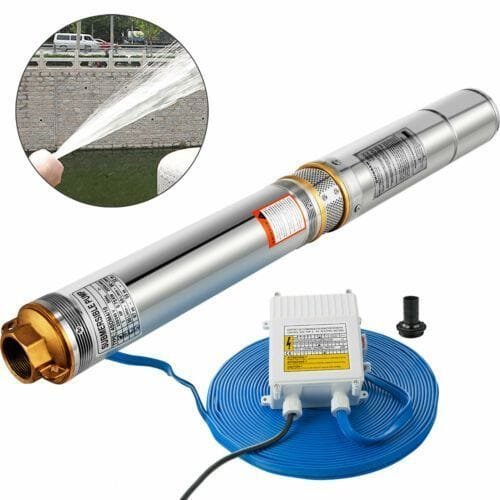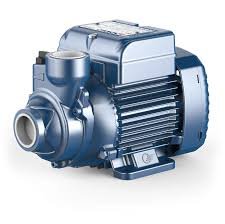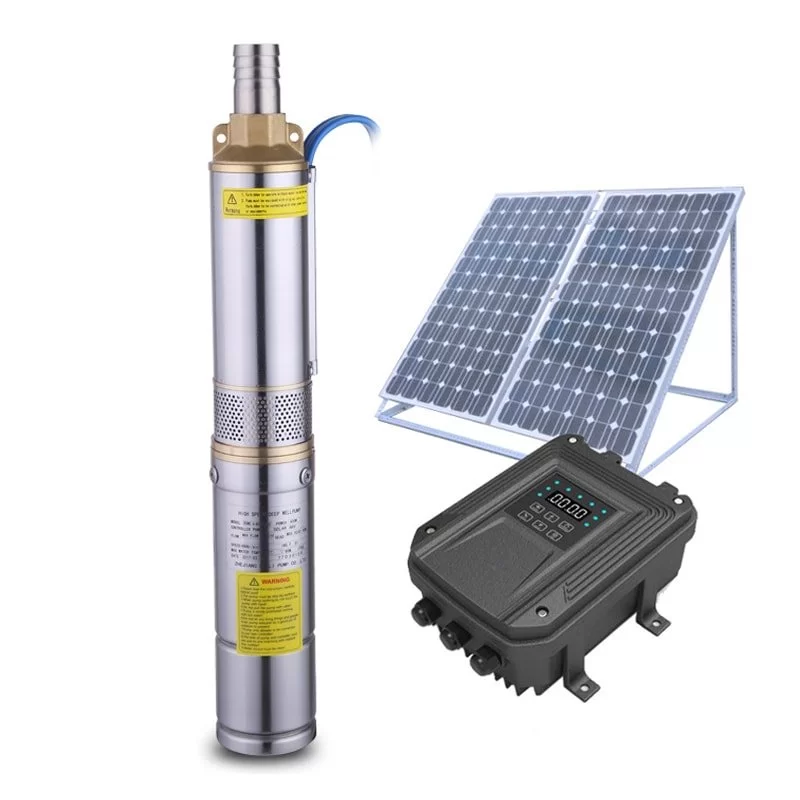Borehole water pump installation is a crucial step in ensuring a steady and efficient water supply from your borehole. Whether for domestic, agricultural, or industrial use, selecting and installing the right borehole pump is key to optimizing water extraction while ensuring the longevity of the borehole system. At River Best Kenya, we specialize in professional borehole pump installation services, offering expert guidance on choosing the right pump, installation, and ongoing maintenance for long-term efficiency.
Understanding Borehole Water Pumps
A borehole water pump is a submersible or surface pump that extracts groundwater and delivers it to a storage tank or directly to a distribution system. These pumps operate efficiently at different depths and flow rates, ensuring that users get clean, uninterrupted water supply.
Types of Borehole Water Pumps
1. Submersible Pumps

These pumps are installed deep inside the borehole and are submerged in water. They are ideal for deep boreholes where the water table is low. They operate quietly, efficiently, and require minimal maintenance.
2. Surface Pumps
These pumps are installed above ground and are suitable for shallow boreholes where the water level is relatively close to the surface. They are easy to maintain and often used in low water demand applications.

3. Solar-Powered Borehole Pumps

For areas with limited electricity supply, solar-powered borehole pumps offer a sustainable solution. They are energy-efficient, environmentally friendly, and cost-effective in the long run.
Steps in Borehole Water Pump Installation
Step 1: Borehole Inspection and Pump Selection
Before installation, a thorough borehole inspection is conducted to determine the depth, water level, and flow rate. This helps in selecting the right pump size and type based on water demand and borehole capacity.
Key factors considered include:
- Borehole depth and diameter
- Water table level
- Required flow rate and pressure
- Energy source availability (electric or solar)
Step 2: Installing the Pump and Pipe System
Once the appropriate pump is selected, the installation process begins.
- Lowering the submersible pump into the borehole using a high-quality drop pipe.
- Connecting the delivery pipes to transport water from the borehole to the desired storage or distribution system.
- Ensuring proper sealing and securing of the pump to prevent contamination and leaks.
Step 3: Electrical and Control Panel Setup
For electrically operated borehole pumps, a control panel is installed to regulate power supply and protect the pump from electrical faults. This setup includes:
- Installation of a circuit breaker to prevent power surges.
- Automatic start/stop control based on water levels.
- Voltage regulation to ensure efficient energy consumption.
Step 4: System Testing and Calibration
After installation, the system undergoes thorough testing to ensure it operates efficiently. This includes:
- Checking for consistent water flow and pressure.
- Adjusting the pump settings for optimal performance.
- Ensuring all electrical connections and safety mechanisms are functional.
Common Challenges in Borehole Pump Installation and Solutions
1. Selecting the Wrong Pump Size
Installing an oversized or undersized pump can cause inefficiencies, increased costs, or pump failure. Conducting a professional borehole yield test before installation helps in accurate pump selection.
2. Power Supply Issues
Fluctuating power supply can affect pump performance. Using voltage stabilizers and backup power sources like solar or generators ensures uninterrupted operation.
3. Blockages and Pump Damage
To keep your borehole pump running efficiently, regular maintenance and inspections are necessary:
- Monitor water pressure and flow rate to detect changes early.
- Check electrical connections and control panels regularly.
- Flush the system periodically to prevent sediment buildup.
- Schedule professional servicing every 12-24 months to enhance performance and lifespan.
